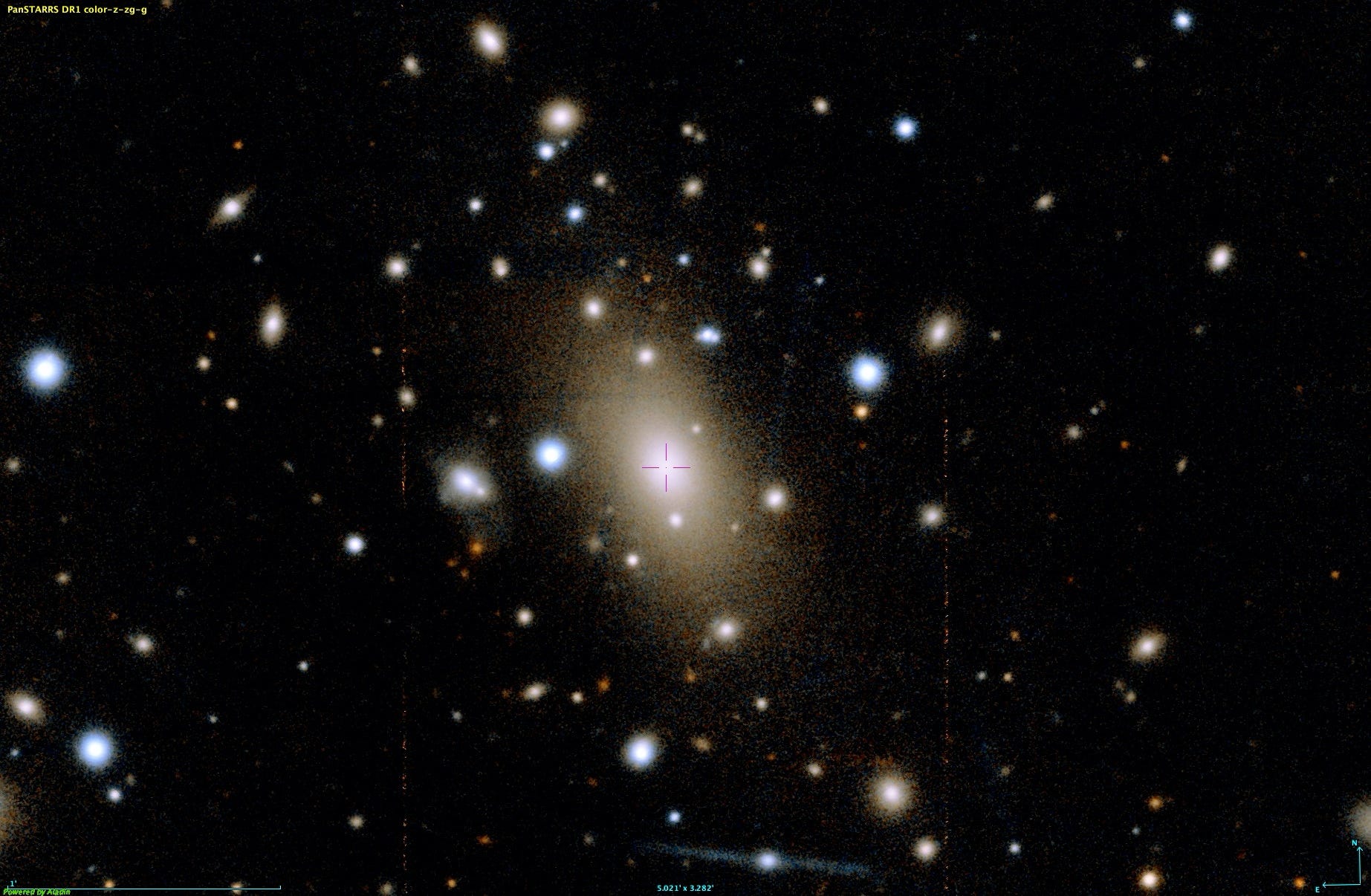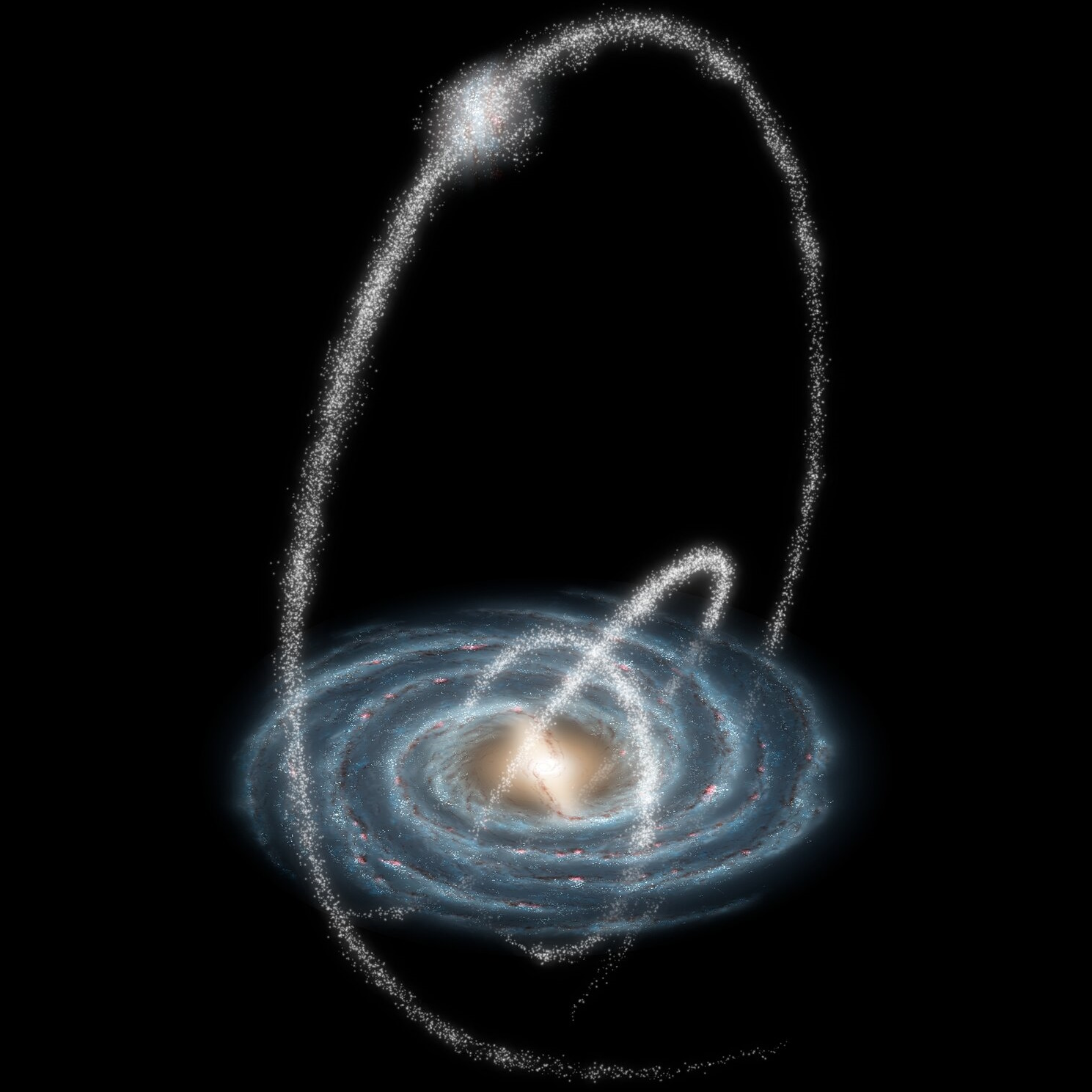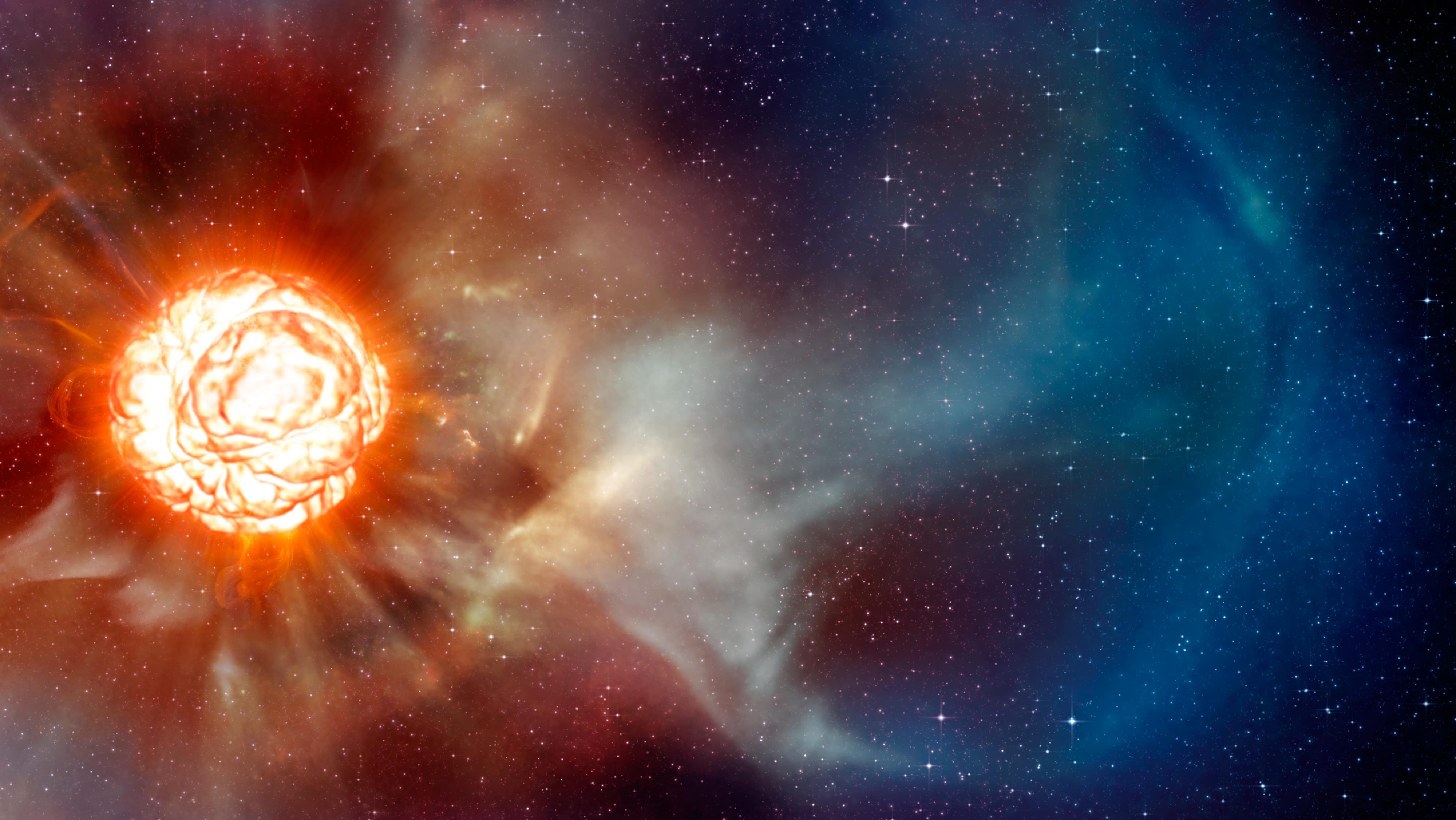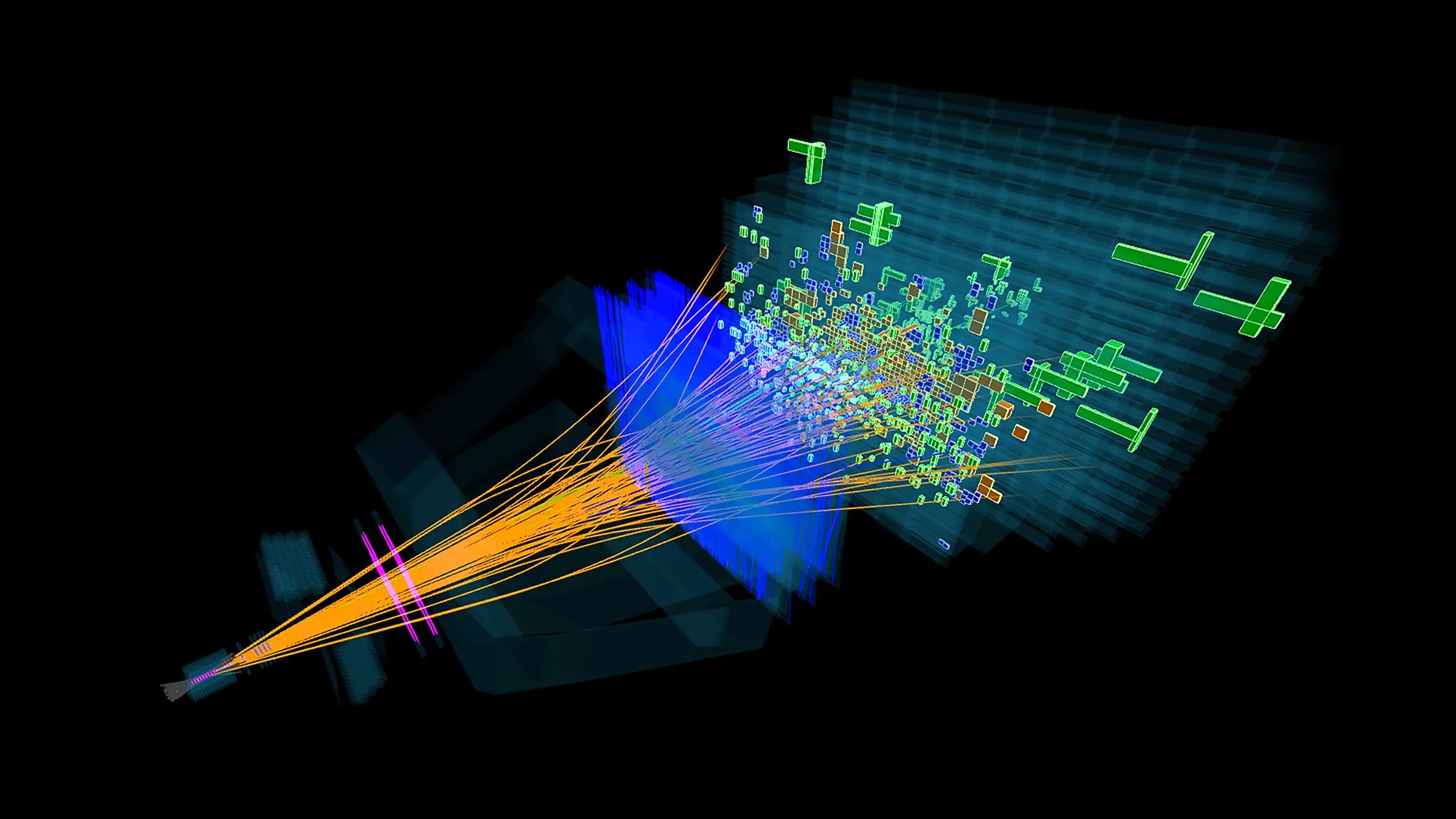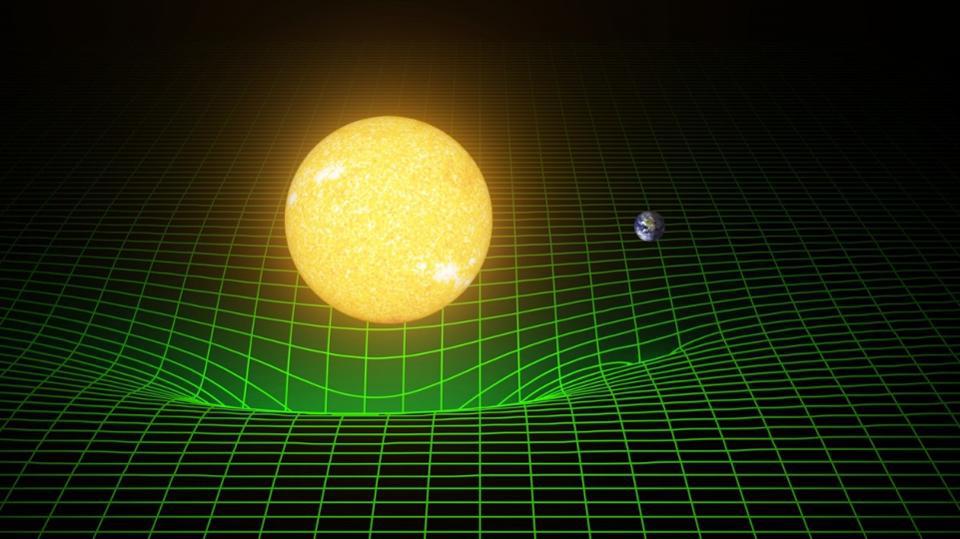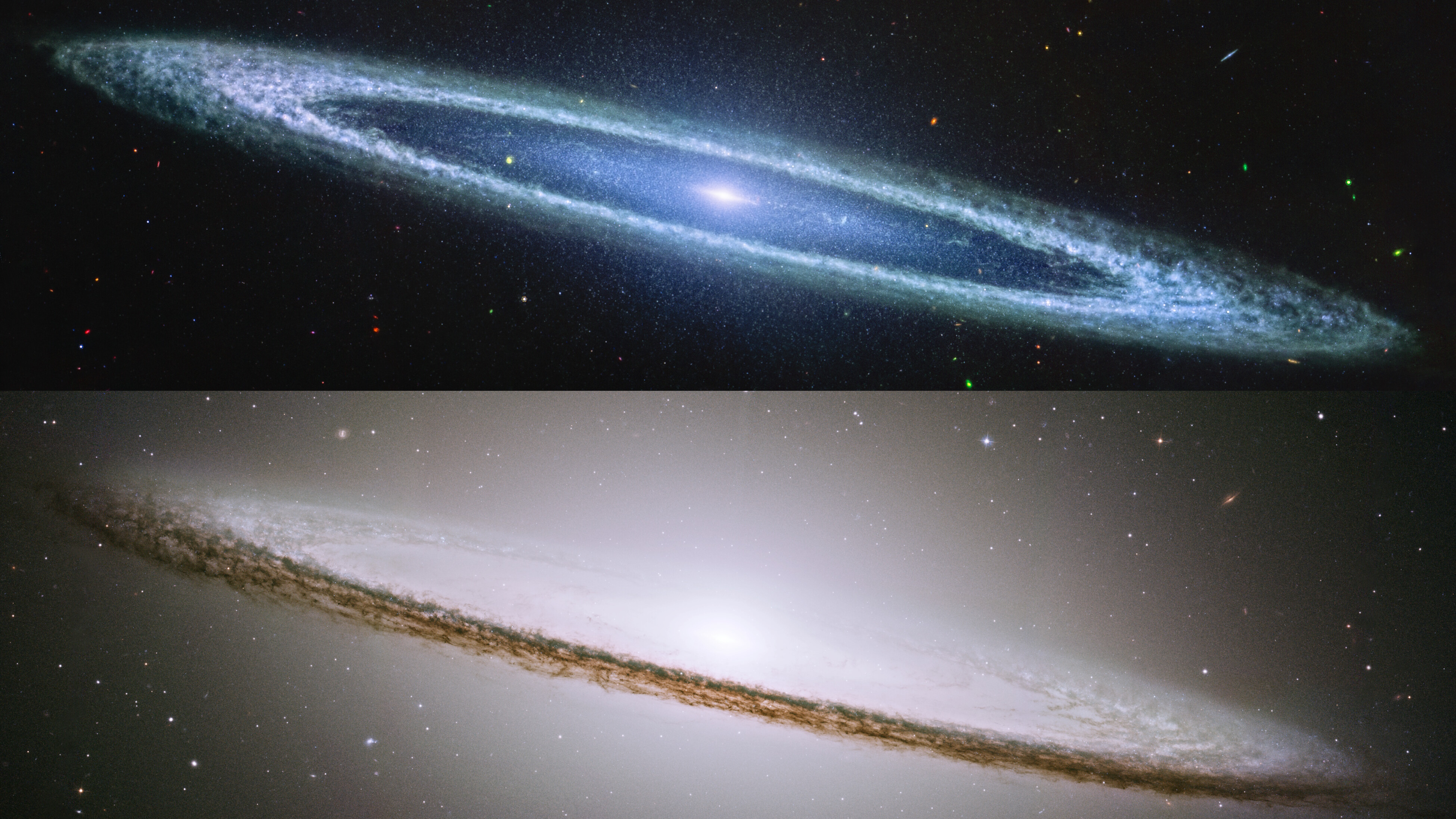Ethan Siegel
A theoretical astrophysicist and science writer, host of popular podcast “Starts with a Bang!”
Ethan Siegel is a Ph.D. astrophysicist and author of "Starts with a Bang!" He is a science communicator, who professes physics and astronomy at various colleges. He has won numerous awards for science writing since 2008 for his blog, including the award for best science blog by the Institute of Physics. His two books "Treknology: The Science of Star Trek from Tricorders to Warp Drive" and "Beyond the Galaxy: How humanity looked beyond our Milky Way and discovered the entire Universe" are available for purchase at Amazon. Follow him on Twitter @startswithabang.

Many of us look at black holes as cosmic vacuum cleaners: sucking in everything in their vicinity. But it turns out they don’t suck at all.
There’s no upper limit to how massive galaxies or black holes can be, but the most massive known star is only ~260 solar masses. Here’s why.
In the year 2000, physicists created a list of the ten most important unsolved problems in their field. 25 years later, here’s where we are.
We see objects whose light only arrives just now. But we see them as they were in the past: when that now-arriving light was first emitted.
Our Universe isn’t just expanding, the expansion is accelerating. Instead of dark energy, could a “lumpy” Universe be at fault?
Despite the Sun’s high core temperatures, atomic nuclei repel each other too strongly to fuse together. Good thing for quantum physics!
It’s simpler, more compact, and reusable from year-to-year in a way that no other calendar is. Here’s both how it works and how to use it.
On larger and larger scales, many of the same structures we see at small ones repeat themselves. Do we live in a fractal Universe?
It’s not only the gravity from galaxies in a cluster that reveals dark matter, but the ejected, intracluster stars actually trace it out.
Earth is actively broadcasting and actively searching for intelligent civilizations. But could our technology even detect ourselves?
Did the Milky Way form by slowly accreting matter or by devouring its neighboring galaxies? At last, we’re uncovering our own history.
Forget billions and billions. When it comes to the number of galaxies in the Universe, both theorists’ and observers’ estimates are too low.
Known as orphaned planets, rogue planets, or planets without parent stars, these “outliers” might be the most common type of planet overall.
Our galactic home in the cosmos — the Milky Way — is only one of trillions of galaxies within our Universe. Is one of them truly our “twin?”
Electromagnetism, both nuclear forces, and even the Higgs force are mediated by known bosons. What about gravity? Does it require gravitons?
When three wise men gifted baby Jesus with gold, frankincense, and myrrh, they had no idea one was made from colliding neutron stars.
There was a lot of hype and a lot of nonsense, but also some profoundly major advances. Here are the biggest ones you may have missed.
Matt Strassler’s journey into fundamental physics culminates in a brilliant explanation of the Higgs field. Enjoy this exclusive interview.
The Firefly Sparkle galaxy was only spotted because of gravitational lensing’s effects. Yet galaxies like these brought us a visible cosmos.
By improving quantum error correction, quantum computations are now faster than ever. But parallel universes? That’s utter nonsense here.
Sixty years ago, the Soviet Union was way ahead of the USA in the space race. Then one critical event changed everything.
If atoms are mostly empty space, then why can’t two objects made of atoms simply pass through each other? Quantum physics explains why.
From a hot, dense, uniform state in its earliest moments, our entire known Universe arose. These unavoidable steps made it all possible.
It was barely a century ago that we thought the Milky Way encompassed the entirety of the Universe. Now? We’re not even a special galaxy.
Even with just a momentary view of our galaxy right now, the data we collect enables us to reconstruct so much of our past history.
50 years ago, Stephen Hawking showed that black holes emit radiation and eventually decay away. That fate may now apply to everything.
The closest known star that will soon undergo a core-collapse supernova is Betelgeuse, just 640 light-years away. Here’s what we’ll observe.
We have very specific predictions for how particles ought to decay. When we look at B-mesons all together, something vital doesn’t add up.
Most waves need a medium to travel through. But the way that light and gravitational waves travel shows that space can’t be a medium at all.
The Sombrero is the closest bright, massive, edge-on galaxy to us. JWST’s new image, taken with MIRI, finally shows what’s under its hat.























